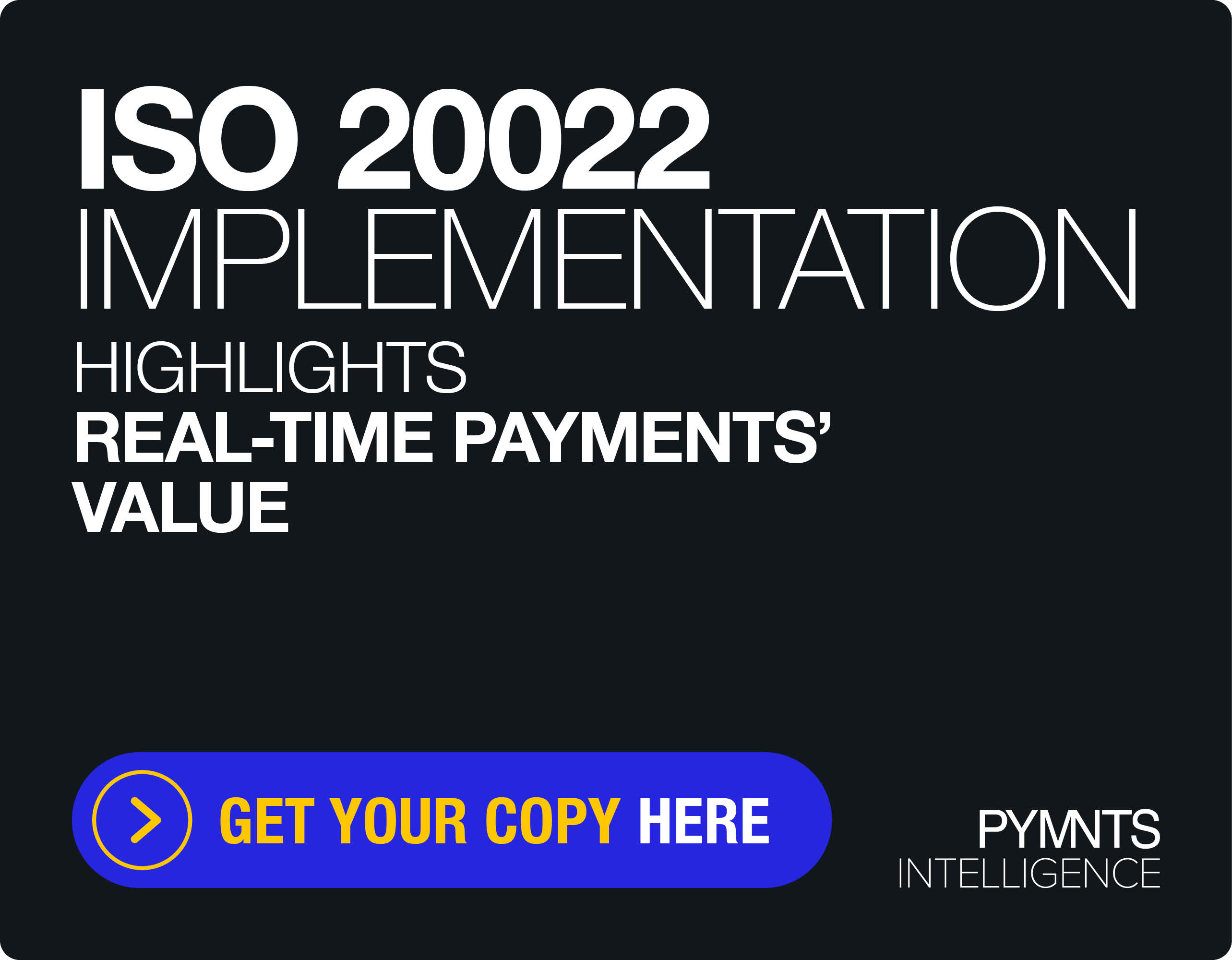Fiserv: Instant Payments Need ‘Killer Use Case’ as FedNow Service Launches
The FedNow® Service is rounding the corner into its second month of operation.
Justin Jackson, senior vice president and head of enterprise payments at Fiserv, summed up the launch in one word: “Finally.”
As he told Karen Webster in an interview, instant payments have been prevalent elsewhere, especially in Europe, and the United States is finally catching up. The arrival of FedNow is pushing real-time payments to the forefront of industry conversations.
The platform’s debut comes as The Clearing House’s RTP® network has been around for roughly six years. Now, there are two payments rails out there geared toward faster payments.
Fiserv, for its part, has been laying its own groundwork for instant payments for the better part of a decade, said Jackson, having brought Popmoney to the forefront in 2012 and its NOW Network into wide availability in 2014 — speeding peer-to-peer (P2P) payments and bill payment.
“It’s an effort that’s been snowballing for some time,” said Jackson.
Fiserv is actively working with hundreds of institutions to set up connectivity for both the FedNow platform and RTP. It’s too early to tell which service might ultimately gain an advantage over the other — or even whether that might happen. But, as Jackson noted, ubiquity remains a key determinant of how banks, FinTechs and other providers can and will foster innovation and users’ embrace of instant payments.
The FedNow platform, developed by the Federal Reserve, has the support of the U.S. Treasury, and the participation of government entities may go a long way toward spurring greater adoption.
In other countries, regulatory mandates have accelerated the implementation of instant payment schemes, but in the U.S., it has been primarily propelled by a market-driven approach to development.
Outside the U.S., he said, “there’s been the benefit of regulation on the back end — stating that as a financial institution, ‘You will adopt this service, and these are the timelines you will hit and the capabilities that you will make available.’”
Jackson acknowledged that the integration of the real-time rail into products delivered by processors and companies has seen slow, hindering progress. Additionally, the lack of a “killer use case” has also impeded the adoption of instant payments in the U.S.
The goal of instant payments, said Jackson, is to replicate the convenience of cash transactions, where funds are immediately available. Instant payments by definition must provide “good funds” that can be accessed immediately, and their availability should extend to a 24/7 basis.
As he told Webster, “there’s not going to be an ‘insufficient funds situation’ where in two or three days the money’s clawed back out of your account,” he said, adding that “these are instant transactions that whether it’s Saturday afternoon or Sunday morning or the middle of the night on Tuesday, you can make that payment and it’s delivered.”
The Killer Use Case
Today and in the months and years ahead, he said, “there are hundreds of use cases that have applicability on the real-time rails … but right now we’re in the infancy of those rails. There’s a need for the providers to think about what’s novel.”
As to what constitutes a killer use case for consumers and commercial transactions — which won’t simply cannibalize ACH payments — as agreed upon by Webster and Jackson: It cannot be satisfied by existing alternatives.
But, as always, fraud remains a concern. To ensure consumer protection and prevent fraud, Jackson stressed the need for a “wrapper” around instant payments. In the meantime, providers must also facilitate on-demand offerings.
Fiserv, he said, has been working with the likes of Walmart to enable pay-by-bank use cases and to find new ways of using real-time rails. Bill presentment, requests for payments and earned wage access — allowing gig economy workers to get their accrued paychecks at the end of each shift (or ride) or cash-out transactions from FinTechs — are examples of those novel use cases for instant payments over the near term.
“Walmart’s never going to stop taking cards, but that’s not the point,” Jackson said. “The point is, rather, how they’re making it easier for customers to use a new payment rail that gives them some of the flexibility they did not have access to before” as they break free from the confines of the two-week pay cycle.
Those use cases, and others, he told Webster, “are ultimately what will drive the hockey stick of [instant payments] adoption that we haven’t seen over the past few years.”

